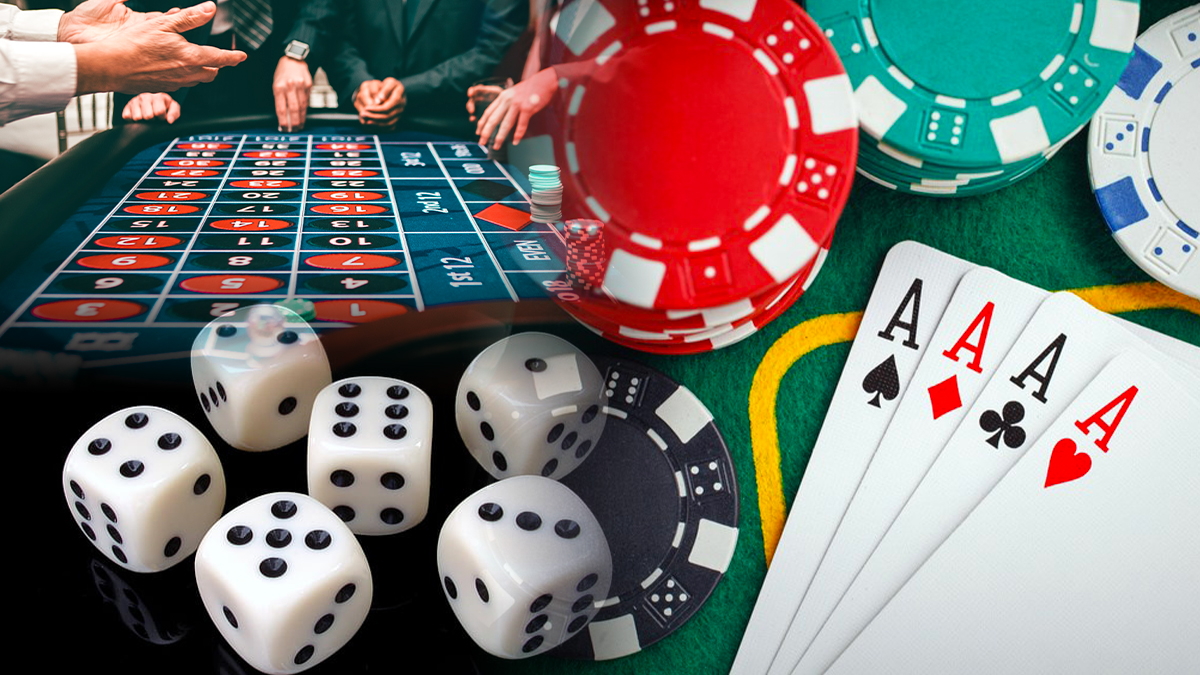
Casino games have long captivated the human imagination, drawing participants into a realm filled with chance, strategy, and the allure of thrill. Each activity is meticulously crafted not just for enjoyment, but also to evoke specific emotional responses that keep players involved and interested. Understanding the drives behind these designs reveals much about how psychology plays a key role in the gaming experience.
From the vivid lights and dynamic sounds to the sophisticated layering of systems and payoffs, casino games are designed to create an atmosphere of excitement and eagerness. Game designers leverage mental cues to influence gambler behavior, whether through the use of winning opportunities, almost wins, or social connections. By examining these aspects, we can better appreciate how casino games fulfill not just a desire for entertainment, but more profound psychological needs for thrill and risk.
Understanding Gamer Behavior
Casino games are designed with a profound understanding of gamer psychology, which is essential for luring and retaining players. The rush of the game, alongside the hope of winning, creates a powerful attraction. Game designers make use of elements like sound effects, dynamic graphics, and immersive gameplay to capture attention and elicit emotional responses. These sensory experiences enhance the overall experience, making players feel more attached in the game.
Another important aspect of player behavior is the notion of risk and reward. Casino games often balance high-risk scenarios with the potential for considerable rewards, which can cause the event known as near-miss phenomenon. When players come near to winning, the brain secretes dopamine, strengthening their behavior and motivating them to persist playing in search of that elusive win. This cycle of anticipation and frustration plays a critical role in how games are constructed and advertised.
Lastly, community aspects also play a critical role in player behavior at casinos. Many games are designed to be played in pairs or with other players, creating a sense of togetherness and shared experience. The community engagement inherent in games like poker enhances enjoyment and can lead to prolonged gaming periods. Designers capitalize on this by creating environments that invite players to linger, interact, and return, making the overall casino experience more inviting.
The Role of Imagery and Audio
Visuals and sound play a significant role in elevating the gambler’s experience within casino games. Designers utilize vibrant colors, striking graphics, and captivating animations to attract gambler’s attention and hold their focus. The use of themes, such as adventure or luxury, helps create an immersive atmosphere that transports players into a different world. By connecting to the senses, these elements contribute to a heightened emotional response, prompting players to engage more deeply with the games.
Sound design is just as important in reinforcing the overall experience of gambling games. The mix of background music, sound effects for winning combinations, and environmental noises creates an auditory landscape that holds players enthralled. Audio cues associated with victories, such as ringing bells or festive music, evoke feelings of thrill and reward, prompting players to keep playing. These audio cues are carefully placed to amplify the thrill of the game and create a more immersive experience.
Additionally, the alignment of visuals and audio is crucial for reinforcing the game’s overall theme and atmosphere. Each element should align harmoniously to create a cohesive experience that pulls players in. The effective use of this synergy not only enhances user satisfaction but also boosts the chances of return play, as players become more invested in the captivating world that the casino games offer. This thoughtful combination of imagery and audio ultimately enhances player engagement and commitment.
Reward Structures and Participation
The design of gambling experiences greatly relies on incentive systems to ensure players engaged and coming back for more. These structures are rooted in psychological theories that take advantage of human nature and motivation. Players are often driven by the excitement of winning, which is supported by immediate responses through the game’s mechanics. This instant gratification not only enhances the gaming experience but also cultivates a feeling of achievement, encouraging players to continue playing in hopes of greater gains.
Gaming establishments utilize various reward structures, including jackpots, bonuses, and multipliers, to captivate players. These features create a level of thrill that maintains engagement. Additionally, the unpredictability of outcomes plays a significant role in sustaining attention. The variable reward system, where successes are random but happen often enough, keeps participants on edge and motivated to keep playing. casino non AAMS This cycle of anticipation and expectation is foundational to the effectiveness of casino games.
In addition, community aspects, such as competitive events and collaborative options, enhance the participation factor by leveraging the desire to compete of players. The shared experience of playing with others can amplify the excitement of success and create a sense of community within the gaming space. By combining these community elements with effective incentive structures, gambling experiences not only provide entertainment but also nurture a stronger connection among participants, reinforcing their loyalty to the overall experience.
